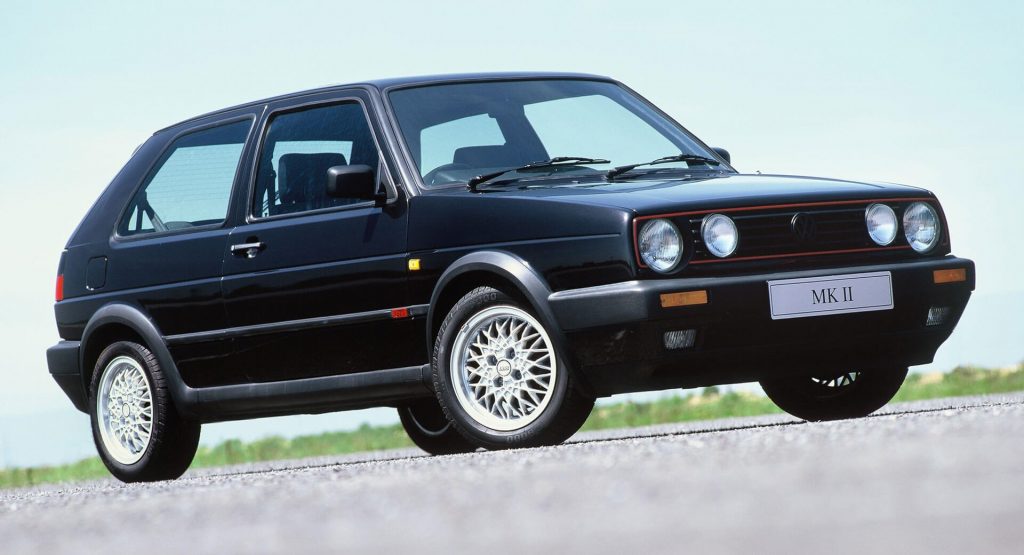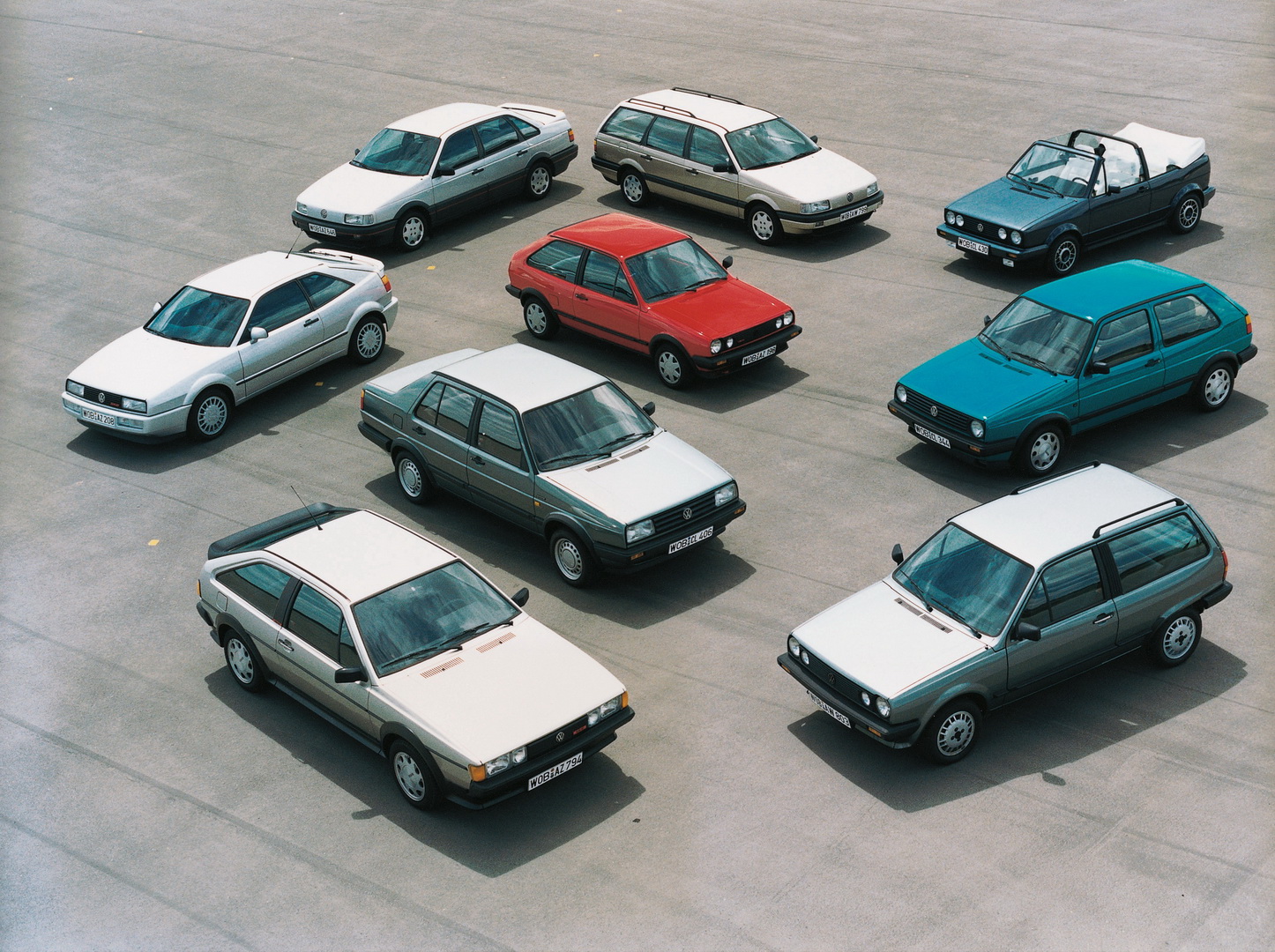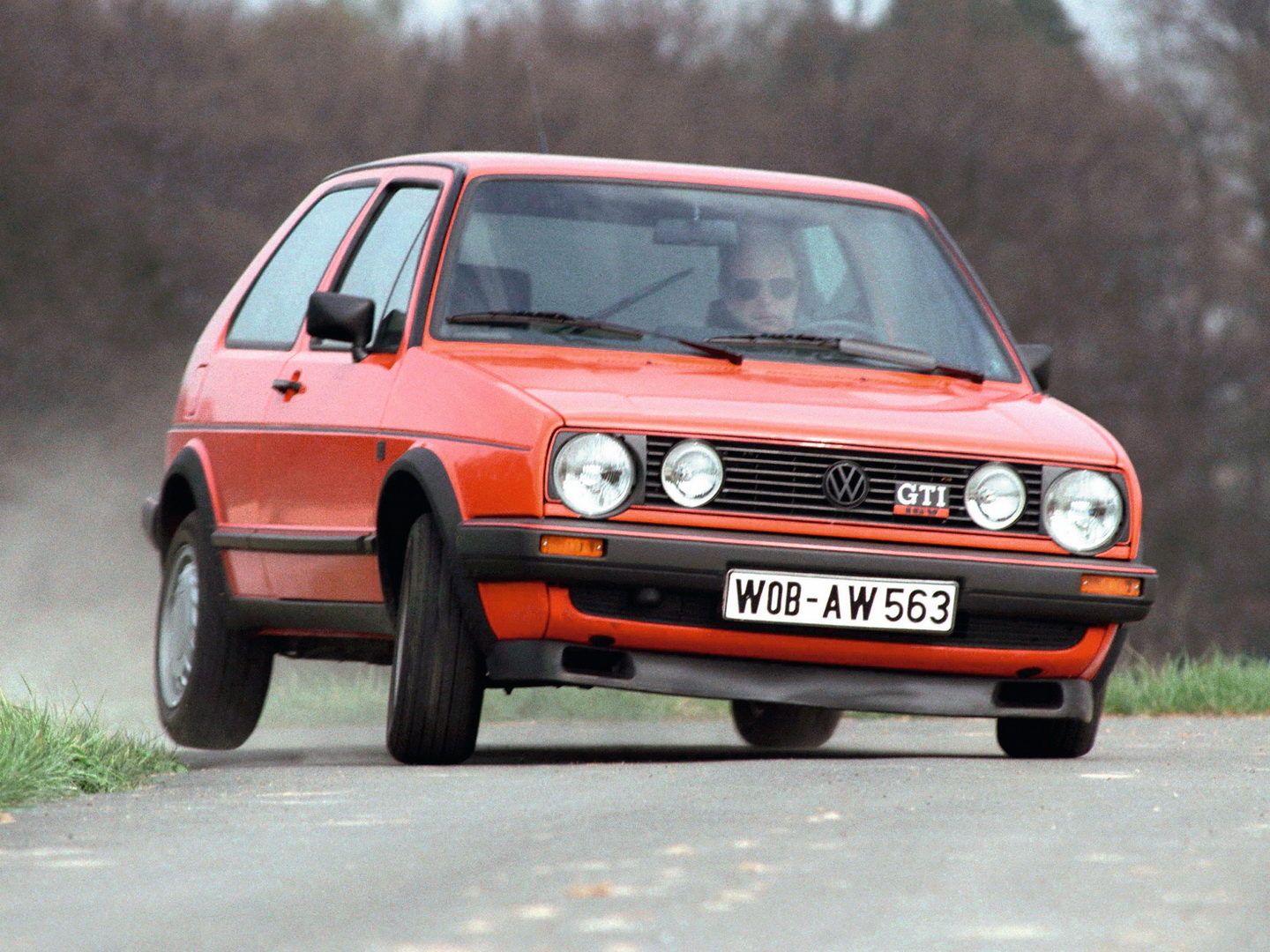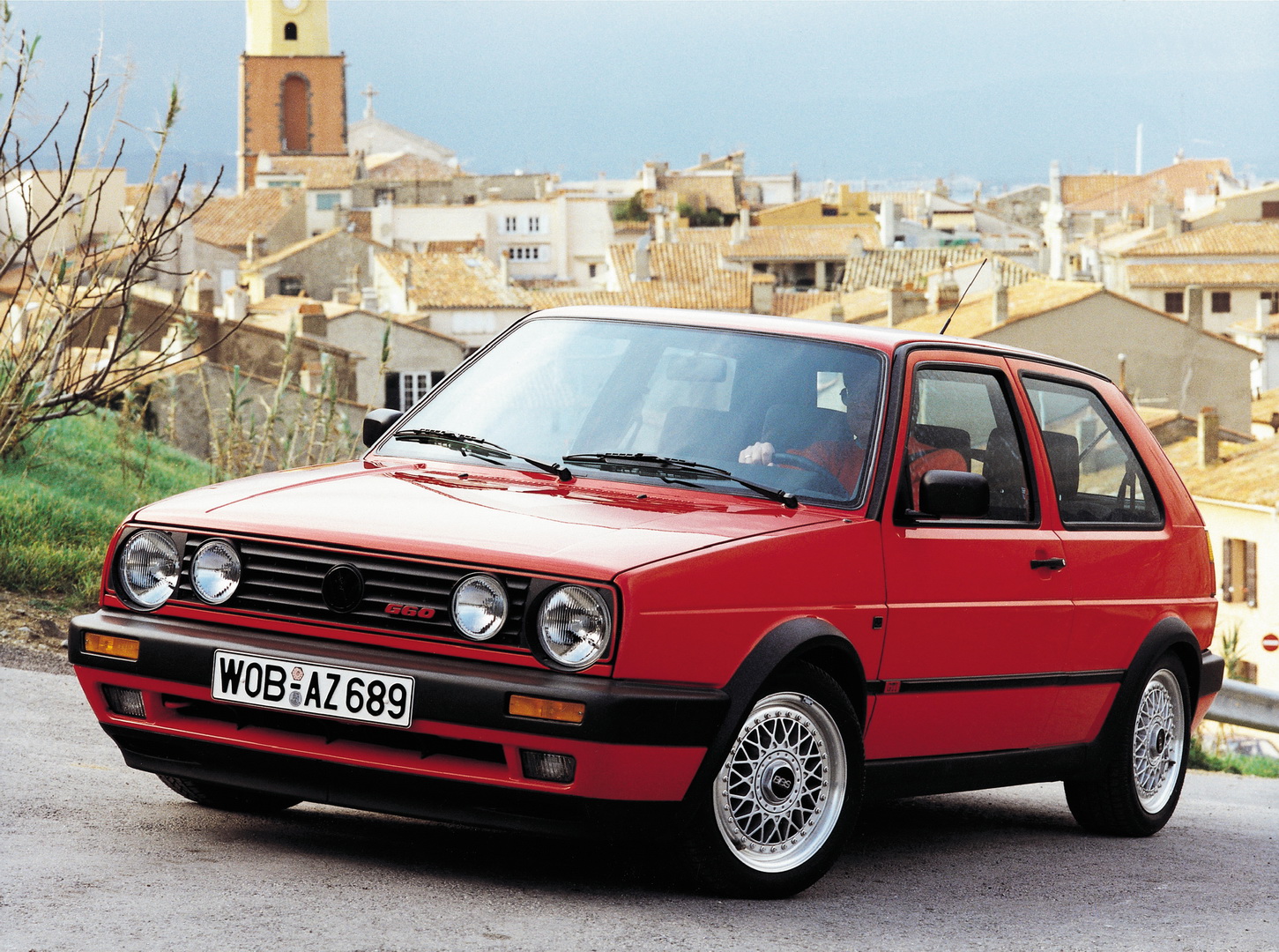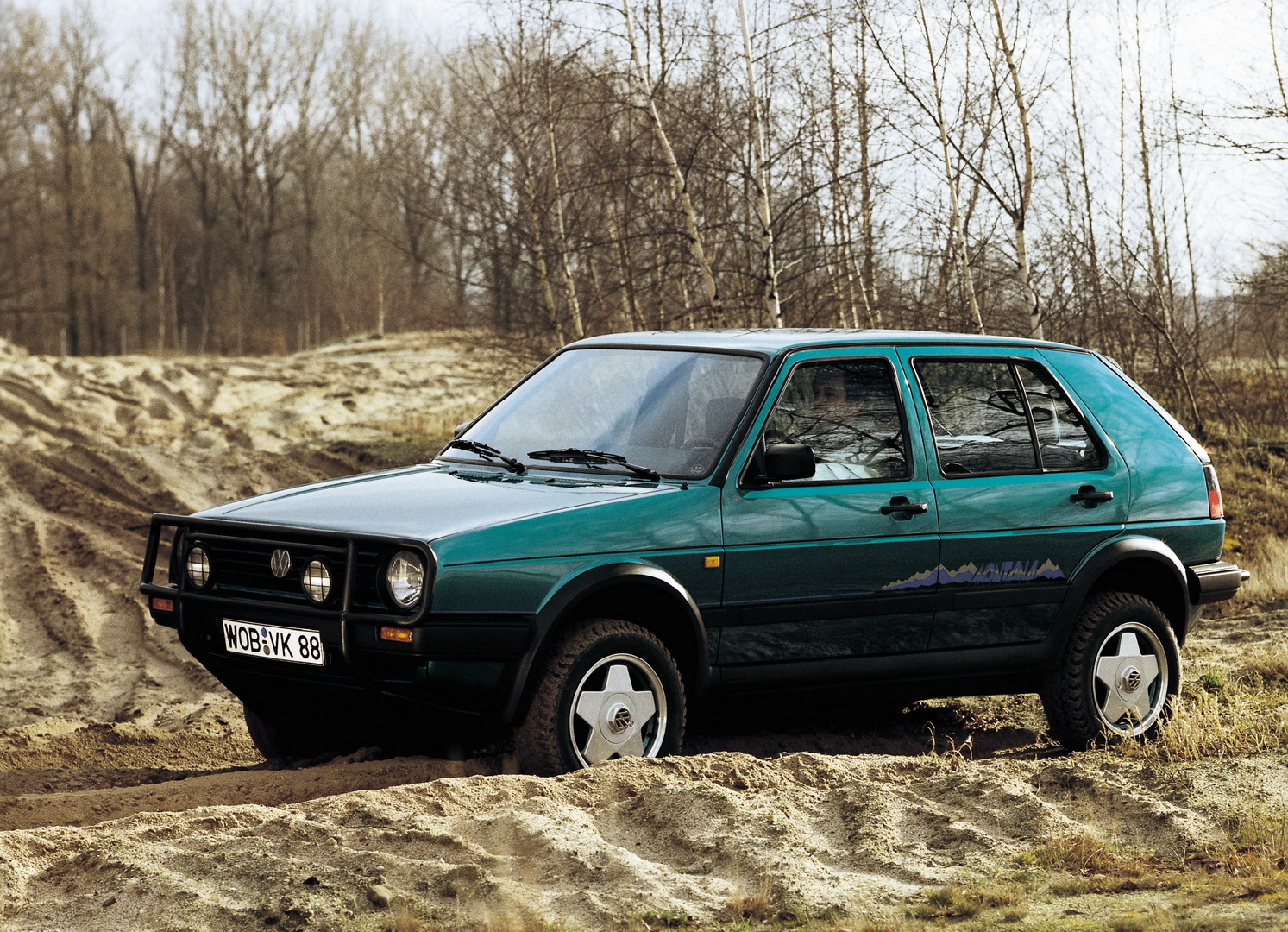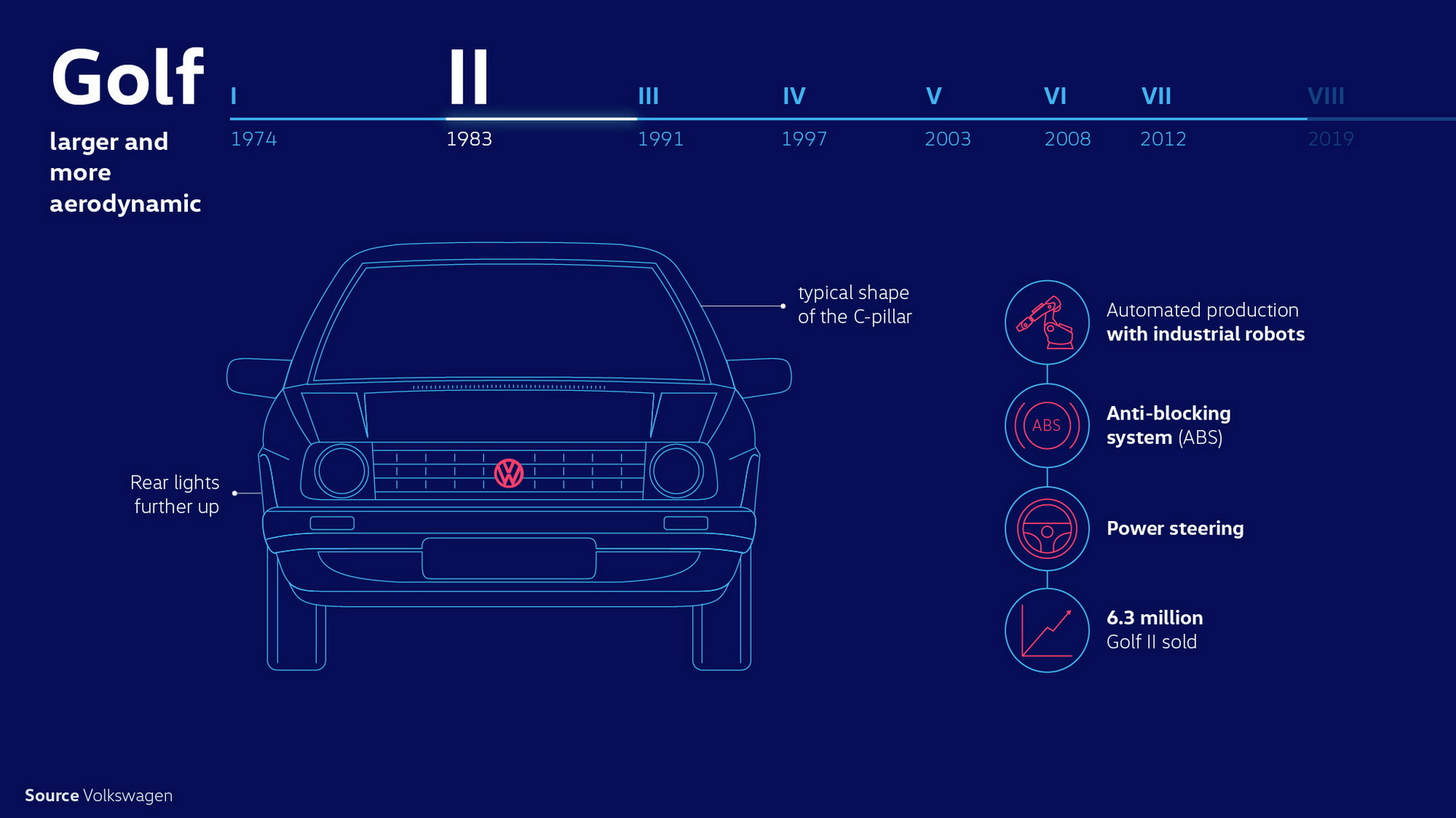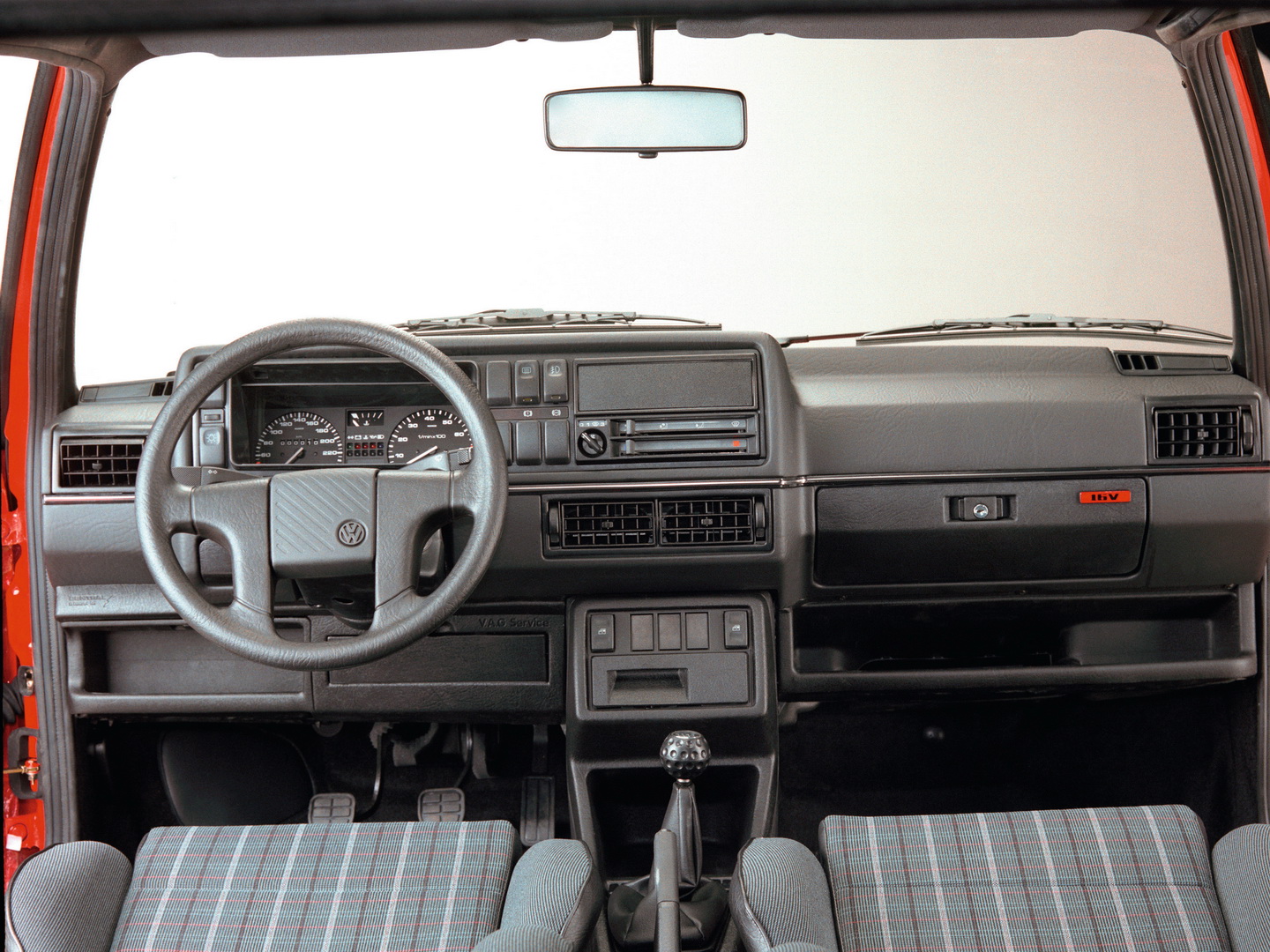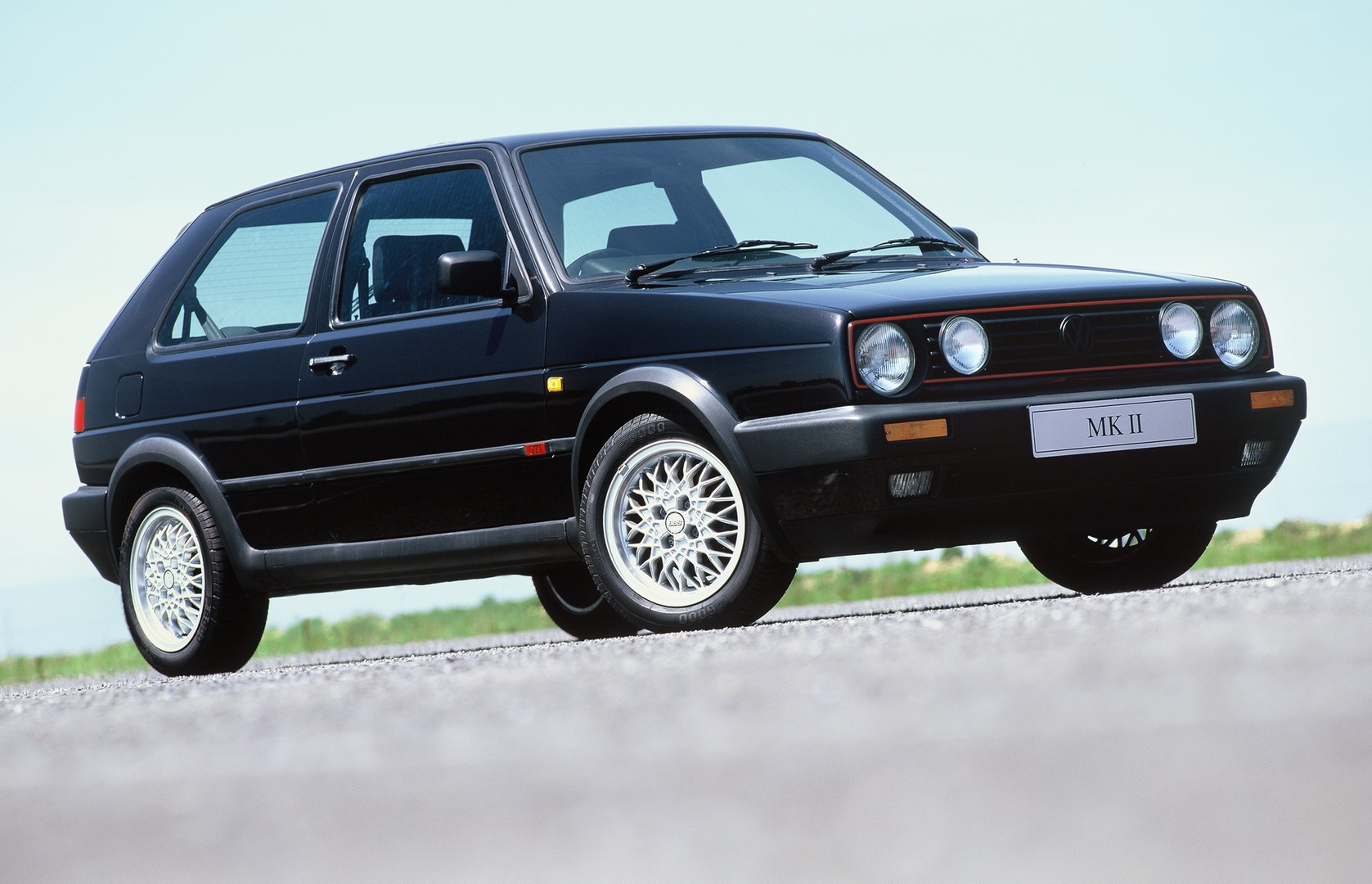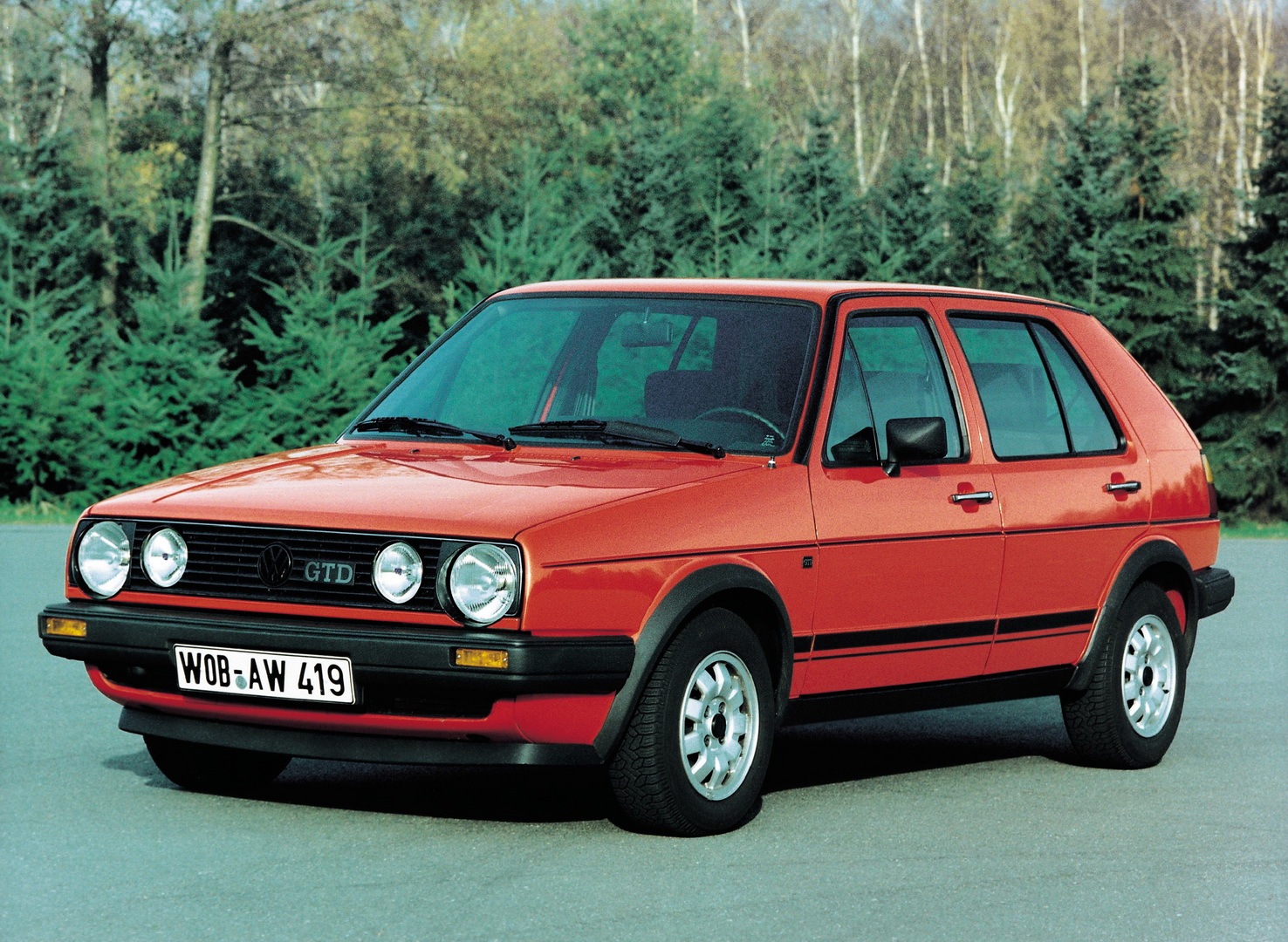If the original Golf was the car that started a revolution over at Volkswagen, its successor, the Mk2, was the one that refined the recipe.
Also known as the Typ 19E, it was built on the VW Group’s A2 platform, shared with the Corrado, second-gen Jetta and first-gen Seat Toledo. The German automaker presented the compact hatch at the 1983 Frankfurt Motor Show.
The Golf Mk2 entered production the same year and was put together in Wolfsburg, originally, and Zwickau, from 1991. Different versions of the car were also assembled in Belgium, Austria, former Yugoslavia, South Africa, Mexico and the United States (Rabbit).
Also Read: VW Golf Countdown: 1974-1983 Mk1 Set The Gold Standard For Compact Hatchbacks
Compared to its predecessor, the second generation Golf had a larger overall footprint and improved aerodynamics, as well as some state-of-the-art technologies, such as the catalytic converter, anti-lock brakes (ABS) and power steering.
Two years after its introduction, in 1986, the Golf GTI became the first Golf to feature a four-valve petrol engine. The 1.8-liter unit initially produced 110 hp, and thanks to further developments, output increased to 127 hp.
Those who wanted more muscle for their hot hatchbacks had to turn to tuning companies, but in 1988, Volkswagen stepped up and launched the Rallye Golf G60, with a 1.8-liter engine equipped with a G-Lader supercharger that lifted the output to 158 hp.
The rest of the Golf Mk2 lineup was offered with different gasoline and diesel engines, with outputs starting from less than 50 hp, paired to a 4-speed manual, 5-speed manual or 3-speed automatic transmission.
All-wheel drive became available in the Golf for the first time in 1990, when they launched the Golf Country. The jacked-up hatchback had more suspension travel, front bullbar and skid plate, along with a spare wheel mounted on the tailgate. It was powered by a 98 hp 1.8-liter gasoline engine and became popular in the Alpine regions of Central Europe.
When Volkswagen ceased production of the Mk2 in Western Europe in 1991, to replace it with the newer generation, 6.3 million examples had been produced.
VW Golf Mk II timeline
1983: Debut of the second Golf generation
1984: First Golf with catalytic converter
Debut of the second Golf GTI generation
1985: 7,000,000th Golf in March
1986: First Golf (GTI) featuring four-valve petrol engine
First Golf syncro with viscous coupling (all-wheel drive)
Golf syncro as first Golf with ABS from August
1987: ABS available for all GT and GTI models
Catalytic converter also available for smaller engines
Facelift
Golf GT syncro becomes first model with ABS as standard
1988: Debut of the Rallye Golf G60
Debut of the Golf Limited G60
10,000,000th Golf in June
1989: 11,000,000th Golf in October
Debut of the Golf City Stromer and Golf Hybrid
1990: all Golf models with petrol engines feature a catalytic converter from February
Debut of the Golf Country
1,000,000th Golf GTI in November
12,000,000th Golf in November
1991: First Golf produced at Mosel plant near Zwickau in March
Second generation phased out in Western Europe after
6.3 million units had been produced



